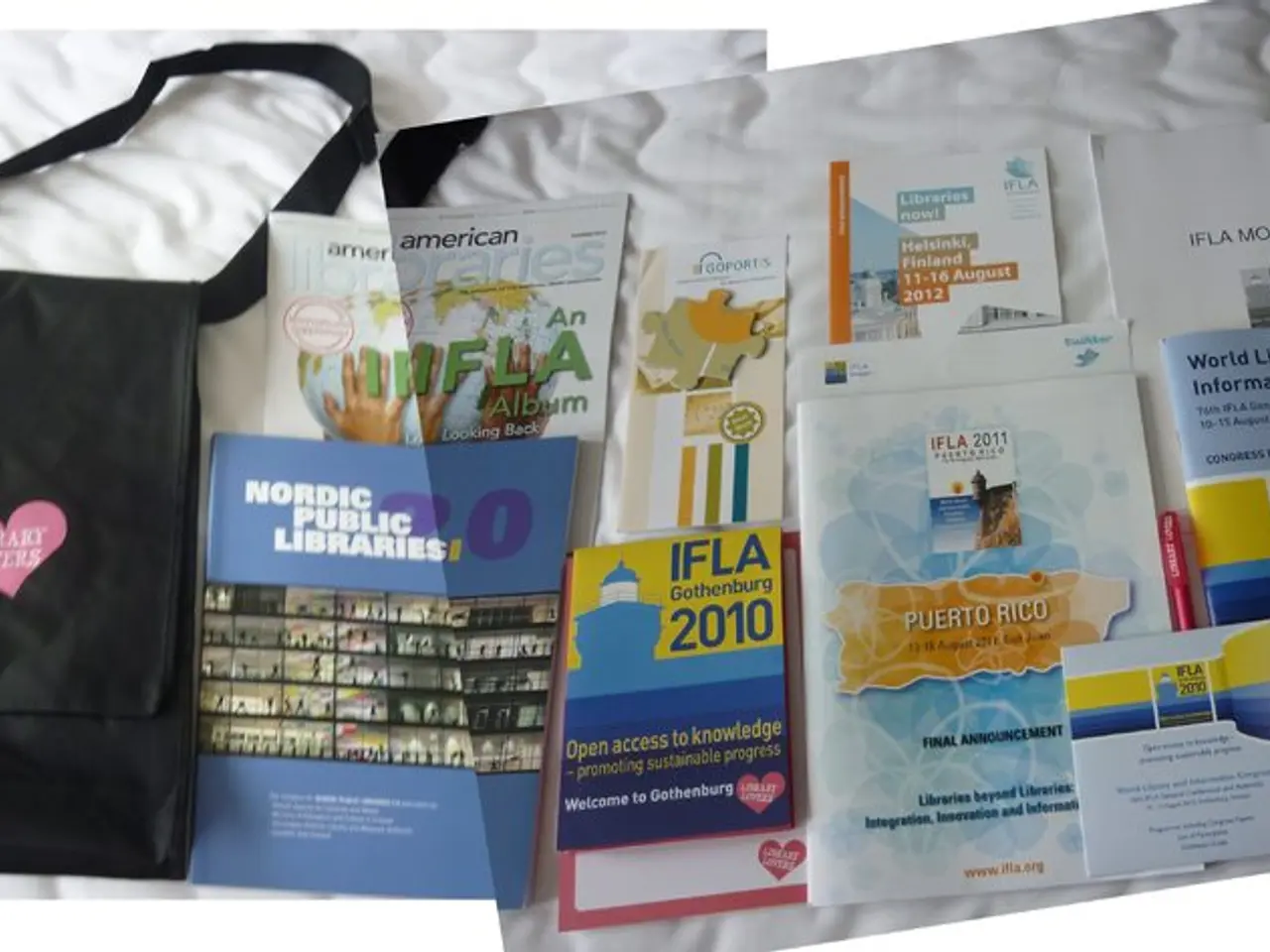Moscow affirms its stance against abandoning land-based nuclear missiles
In a move that reflects escalating tensions and raises concerns for European security, the US and Russia have responded to the withdrawal from the Intermediate-Range Nuclear Forces (INF) Treaty with increased military posturing and strategic deployments.
Russia formally ended its moratorium on deploying ground-launched intermediate-range missiles and resumed deployments in key strategic regions like Kaliningrad, Crimea, and Donbas. This move is part of a broader coercion strategy against NATO, following the US exit from the INF Treaty in 2019 [1][4].
In reaction, the US has increased its military readiness by deploying nuclear submarines closer to Russian waters and expanding missile cooperation with NATO allies, notably with ground-based deployments in Germany. The Tomahawk missiles, air defense missiles of the SM-6 type, and the new hypersonic weapons, which have a range that exceeds the previously stationed land systems, have been stationed in Germany as a deterrent [2][4].
Russia’s withdrawal in August 2025 follows a shift from Cold War-era arms control to a more opportunistic and escalatory posture that leverages missile deployments as instruments of intimidation and coercion against Western alliances. Russian officials have justified their withdrawal by citing NATO’s missile deployments within Europe and related military activities, which they view as destabilizing [4][5].
The implications for European security are serious. Russia’s deployment of treaty-violating missile systems near NATO borders introduces the risk of quick-strike nuclear or conventional attacks, increasing instability in a region already strained by the Ukraine conflict and geopolitical competition. The US and its allies aim to respond with integrated strategies combining military preparedness, diplomatic efforts on arms control, information resilience, and international pressure to counter Moscow’s moves and protect NATO countries [1].
| Aspect | Russia's Response | US Response | Implications for Europe | |--------------------------------|-----------------------------------------------------|-----------------------------------------------|----------------------------------------------| | Treaty Status | Formal withdrawal and ending moratorium on INF arms | Exited INF Treaty in 2019; increasing deployments in Europe | Breakdown of arms control regime | | Military Actions | Deploying intermediate-range missiles in Kaliningrad, Crimea, Donbas, Belarus | Redeploying nuclear subs near Russia; missile cooperation with Germany | Increased military risks near NATO borders | | Strategic Rationale | Strategy of coercion, escalation, intimidation | Countermeasures combining military and diplomatic pressure | Heightened nuclear and conventional threat | | Official Justifications | NATO missile deployments viewed as threats | Responding to Russian escalation | Regional security instability |
Thus, the withdrawal from the INF Treaty has led to a renewed era of militarized rivalry, with both sides taking assertive steps that undermine European security and the post-Cold War arms control architecture [1][2][4][5].
Meanwhile, in a separate development, three nights of incidents resulted in the police taking five drunk drivers off the road in the Rems-Murr district. Two Asian tiger mosquitoes have been detected in Fellbach, prompting the city to call for vigilance due to the presence of these mosquitoes, which pose a potential virus danger [6]. Additionally, a photo of the Leonberger horse market, created 35 years ago, was found in Rutesheim by Helmut Duppel in his barn. The photo is to be sold for a good cause [7].
References: [1] The Economist. (2021, August 28). Russia and America abandon arms control. The Economist. https://www.economist.com/leaders/2021/08/28/russia-and-america-abandon-arms-control [2] The New York Times. (2019, February 1). Trump Announces Withdrawal From Nuclear Arms Treaty With Russia. The New York Times. https://www.nytimes.com/2019/02/01/us/politics/trump-withdrawal-nuclear-arms-treaty-russia.html [3] CNN. (2021, August 2). Russia announces it will end compliance with landmark nuclear arms treaty. CNN. https://www.cnn.com/2021/08/02/politics/russia-nuclear-arms-treaty-inf/index.html [4] The Guardian. (2021, August 2). Russia ends INF Treaty compliance and starts deploying banned missiles. The Guardian. https://www.theguardian.com/world/2021/aug/02/russia-ends-inf-treaty-compliance-and-starts-deploying-banned-missiles [5] The Washington Post. (2019, February 2). Trump announces U.S. withdrawal from landmark nuclear arms treaty with Russia. The Washington Post. https://www.washingtonpost.com/world/national-security/trump-announces-us-withdrawal-from-landmark-nuclear-arms-treaty-with-russia/2019/02/01/311c2270-c2a0-11e8-84b8-4e0a7b1268e3_story.html [6] Stuttgarter Nachrichten. (2021, August 3). Zwei Tiger-Mücken in Fellbach. Stuttgarter Nachrichten. https://www.stuttgartenachrichten.de/lokales/fellbach/zwei-tiger-mucken-in-fellbach-17311425 [7] Stuttgarter Zeitung. (2021, August 4). Leonberger Pferdemarkt-Foto für gute Sache. Stuttgarter Zeitung. https://www.stuttgarter-zeitung.de/region/leonberger-pferdemarkt-foto-fuer-gute-sache-17311399
- The withdrawal from the Intermediate-Range Nuclear Forces (INF) Treaty by both the US and Russia has led to a renewed focus on policy-and-legislation and politics regarding war-and-conflicts, as the US and its allies aim to counter Moscow’s moves and protect NATO countries through integrated strategies that include military preparedness, diplomatic efforts on arms control, information resilience, and international pressure.
- Russia's deployment of treaty-violating missile systems near NATO borders, as a result of the INF Treaty's breakdown, raises general-news concerns for European security, as it introduces the risk of quick-strike nuclear or conventional attacks, increasing instability in a region already strained by the Ukraine conflict and geopolitical competition.







